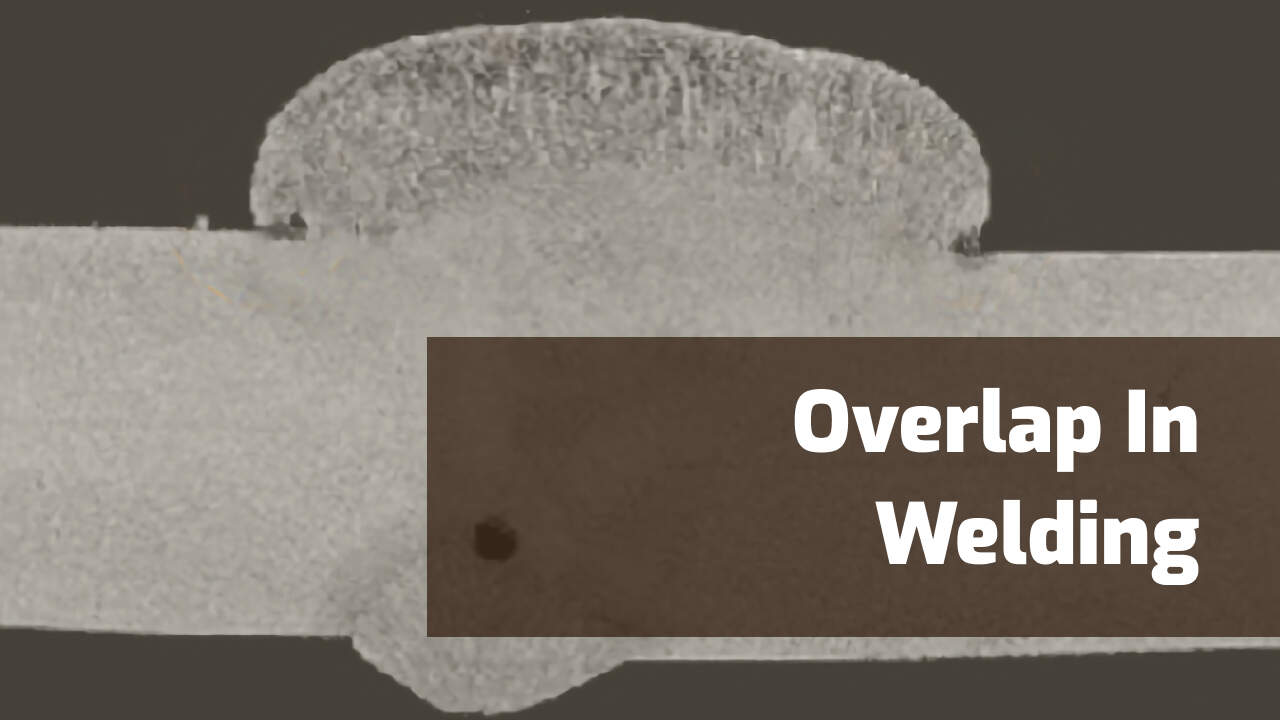Your Total Manual to Preventing Weld Undercut Like a Pro
Your Total Manual to Preventing Weld Undercut Like a Pro
Blog Article
Understanding the Art of Welding: Just How to Prevent Undercut Welding Issues for Flawless Construction Outcomes
Efficiency and precision are paramount worldwide of welding, where also the slightest imperfection can endanger the structural stability of a made item. One common challenge that welders face is undercutting, a defect that can deteriorate a weld joint and lead to costly rework. By understanding the source of undercut welding and implementing effective strategies to stop it, welders can elevate their craft to brand-new degrees of excellence (Preventing weld undercut). In the search of flawless manufacture outcomes, mastering the art of welding to prevent undercut concerns is not simply a skill however a necessity for those pursuing excellence in their job.
Recognizing Undercut Welding

To avoid undercut welding, welders should make certain appropriate welding specifications, such as adjusting the present, voltage, travel speed, and maintaining the appropriate electrode angle. By understanding the causes of undercut welding and carrying out preventive measures, welders can achieve premium, structurally sound welds.
Reasons For Undercut in Welding
Recognizing the variables that add to damage in welding is vital for welders to produce high-grade, structurally audio welds. When the weld metal does not effectively load the groove formed between the base metal and the formerly transferred weld steel, damaging occurs. Numerous variables can cause undercut in welding. One typical reason is extreme warmth input. Welding at heats for extended durations can lead to the base metal melting even more than wanted, bring about undercut. Poor welding current or wrong welding rate can likewise add to damage. Insufficient current might not supply enough warmth to melt the base and filler steels appropriately, while extreme rate can stop proper combination, causing undercut. Furthermore, improper electrode angles or wrong torch control techniques can produce locations of low weld steel deposition, promoting undercut. Recognizing these causes and carrying out proper welding techniques can aid avoid undercutting problems, making sure durable and solid welds.
Strategies to stop Undercutting

To mitigate the threat of damaging in welding, welders can webpage employ calculated welding methods aimed at boosting the quality and integrity of the weld joints. In addition, using the proper welding method for the particular joint arrangement, such as weave or stringer grains, can contribute to minimizing undercutting.
Using back-step welding techniques and controlling the weld grain profile can likewise help disperse warmth equally and reduce the danger of you can try this out undercut. Routine inspection of the weld joint during and after welding, as well as implementing top quality guarantee actions, can assist in resolving and finding undercutting issues without delay.
Significance of Correct Welding Parameters
Choosing and maintaining appropriate welding specifications is essential for achieving successful welds with minimal defects. Welding specifications describe variables such as voltage, present, take a trip speed, electrode angle, and protecting gas flow price that straight influence the welding process. These parameters must be thoroughly adjusted based upon the kind of material being welded, its thickness, and the welding technique used.
Correct welding parameters make certain the ideal quantity of warm is put on thaw more information the base metals and filler material evenly. If the parameters are established expensive, it can bring about excessive warmth input, triggering spatter, distortion, or burn-through. On the various other hand, if the specifications are also low, incomplete blend, absence of penetration, or damaging may happen.
High Quality Assurance in Welding Operations

Verdict
In verdict, understanding the art of welding calls for a comprehensive understanding of undercut welding, its reasons, and techniques to avoid it. By making certain appropriate welding parameters and implementing quality control methods, perfect construction outcomes can be accomplished. It is vital for welders to continually pursue excellence in their welding procedures to stay clear of undercut concerns and generate high-quality welds.
Undercut welding, an usual issue in welding procedures, takes place when the weld metal does not appropriately fill the groove and leaves a groove or anxiety along the welded joint.To stop undercut welding, welders should make sure proper welding specifications, such as readjusting the current, voltage, traveling speed, and preserving the proper electrode angle. Inadequate welding inaccurate or present welding rate can also add to damage.To mitigate the danger of damaging in welding, welders can use tactical welding methods intended at enhancing the quality and stability of the weld joints.In verdict, mastering the art of welding requires a detailed understanding of undercut welding, its causes, and methods to stop it.
Report this page